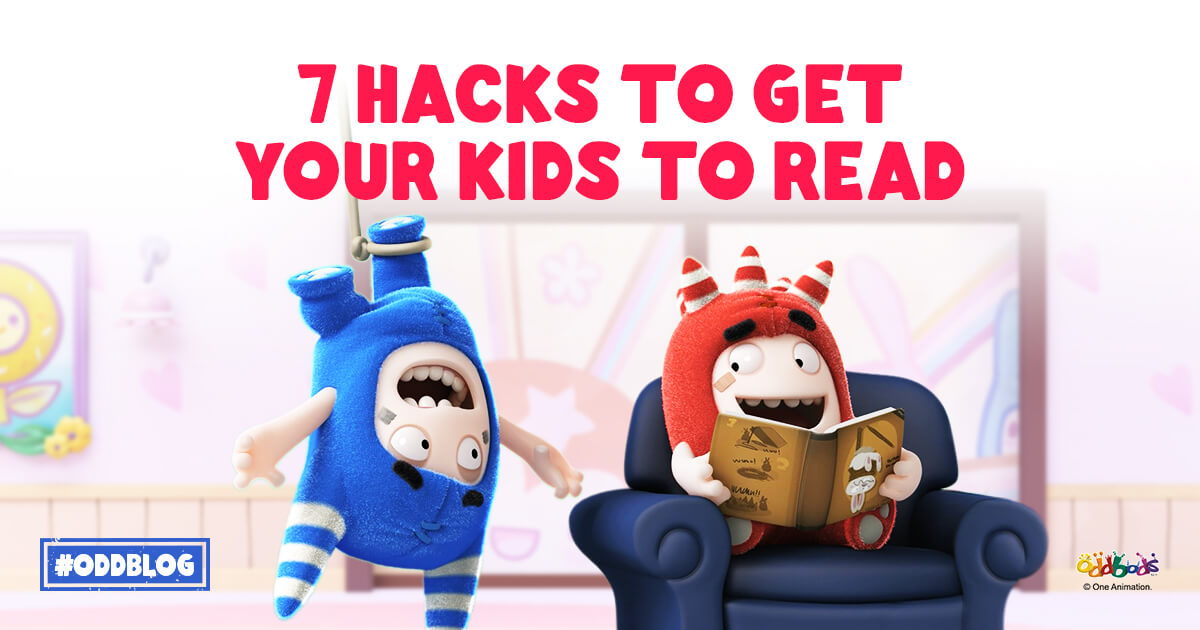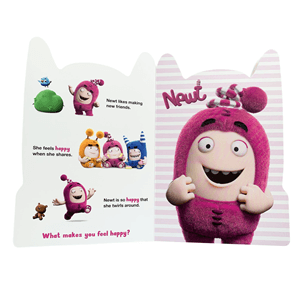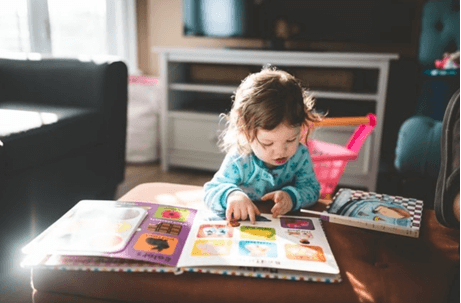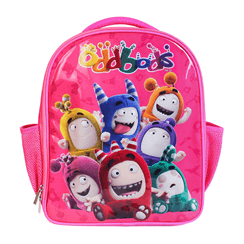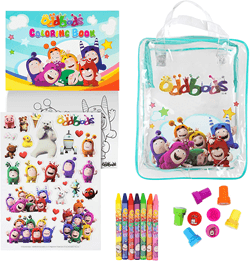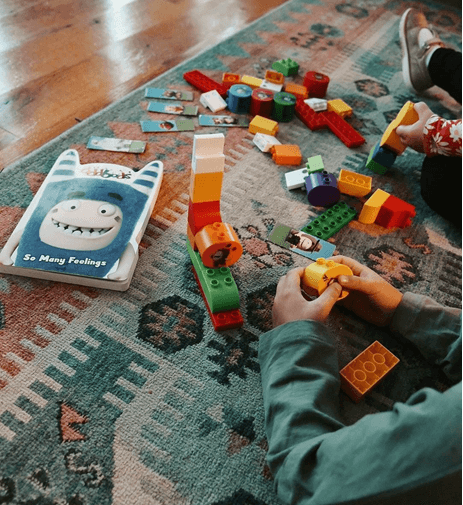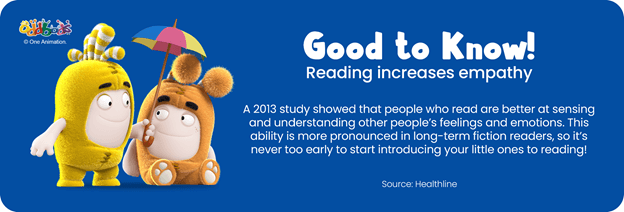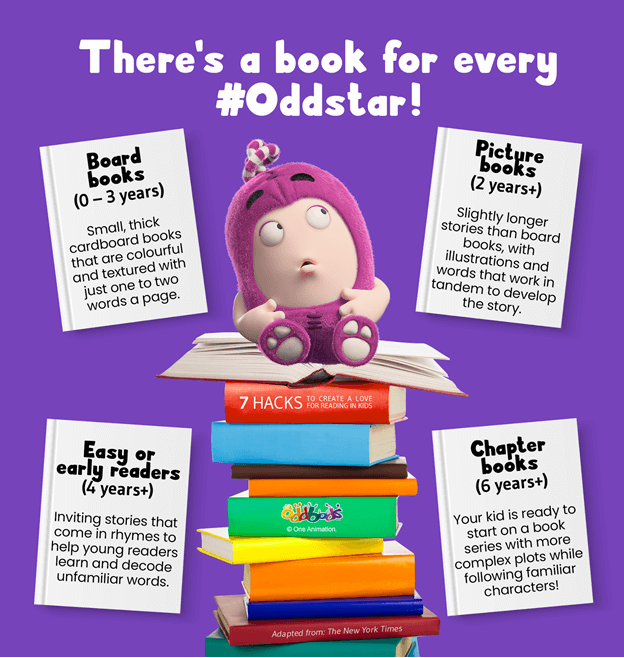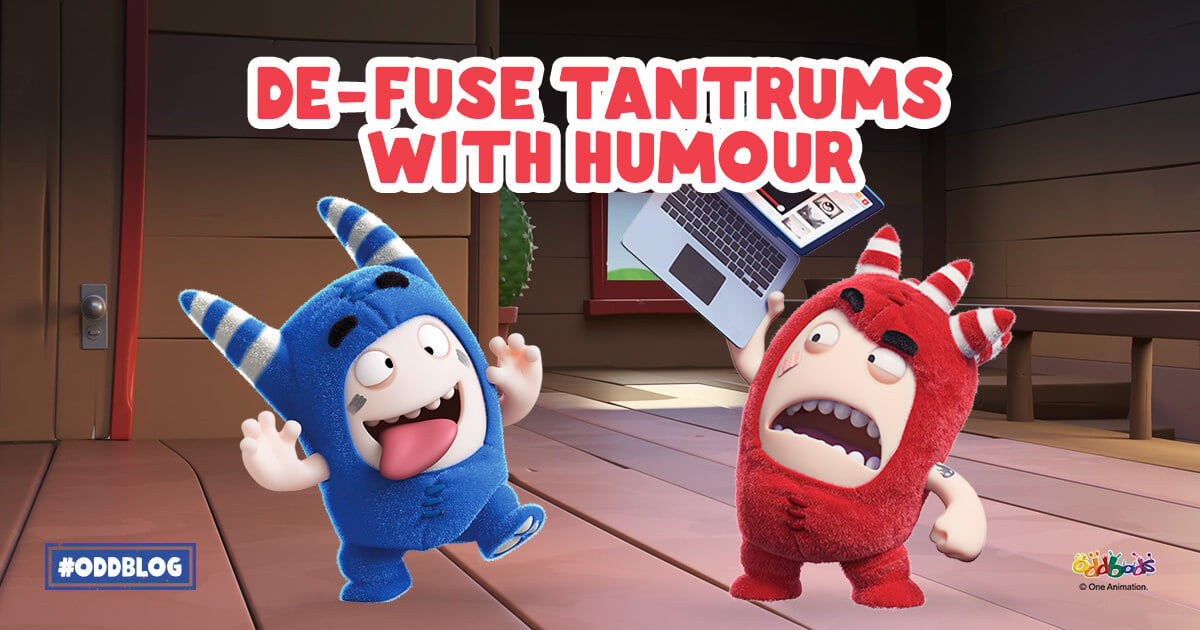The expectation: It’s storytime, and your little ones are completely mesmerised by the story and the book’s colourful pages. However, the reality is you can’t even finish a sentence without your toddler trying to eat the book or, worse, throwing a temper tantrum. Need a little boost? Take a page from our book with these tips on how to get your little #Oddstars interested in reading!
#1: Model the love for reading (and make it look fun!)
Our little grown-ups take cues from us. If you want to raise a book lover, be a book lover! Introduce kids to books as early as possible and make sure they see you reading often. If they ask about your book, share what excites you to show them that reading brings you joy. “Mummy is reading about this lady who travels to Italy, India, and Bali. Mummy has never been to these places, so I’m learning so much about different cultures through this book! Did you know that Italians...”
While you may feel the urge to raise a Jeff and impose your reading preferences on your mini-me, remember that reading should be fun and not frustrating. They probably already have to read in school, so don’t force them at home. Instead, let them come to it on their own (with some gentle prompts from you, of course).
If you didn’t already know, Oddbods has published their own board book titled ‘Oddbods: So Many Feelings’!
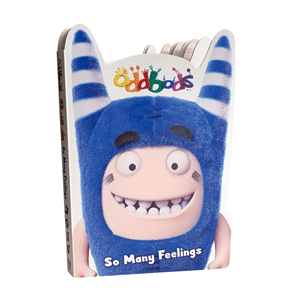
This book’s lively design and innovative storytelling can help children of all ages map their way through the first chapter of life.
The Oddbods: So Many Feelings’ board book might also prompt conversations related to emotions between parents and their children.
#2: Make books accessible in and out of the house
A picture book on the coffee table might attract a little reader. Photo by Stephen Andrews .
Next, surround your little ones with books. Make sure their bookshelf is low enough for easy access. Leave books around high-traffic areas, so there is always a book within reach, in the living room, bedroom, and even the bathroom. Leaving books in the car is also a good idea, especially if you’re always going on long drives.
Make sure you don’t leave home without a book! Just like Pogo, who lives for thrills and adventure, don’t let your bookworm get bored with the same books, so pack a different book each time in their school bag. Excite your little one further by gifting them a dedicated book bag like this colourful Oddbods Backpack that has plenty of room to spare for their snacks and other items.
The Oddbods Backpack is perfect for school, travel, sports, and everyday life. It features one large main zipper pocket, two stretchable mesh side pockets, one handle atop the backpack, and two adjustable shoulder straps.
If you’d like your #oddstars to get creative, the Oddbods Creativity Set includes a sturdy waterproof bag that your little Oddstar can use to store his or her favourite books too.
#3: Make connections to real life
Bring books to life by making connections to your kids’ real-life activities and interactions. If they’ve just read about the zoo, bring them to the zoo! Point out familiar sites so your little adventurer will feel as cool as Slick when they make the connection: “Look at those zebras with their black and white stripes. Just like the ones in your book!” or “The giraffe has such a long neck. Remember how tall the giraffe was in your book?”
You can also split playtime into two parts — one for reading and one for physical play!
It’s helpful for kids to have a good balance of play and reading time.
If you’ve got troubles putting the kiddo to sleep, search for suitable books about getting ready for bed and use that to relate to their wash-up routine, “The children are getting ready for bed by brushing their teeth then putting on their jammies — just like how you do it, isn’t that great?”
#4: Treat reading as a bonding activity and not a chore
Even if your wee one can’t read yet, she's actively listening to every word. Photo by Picsea .
The most common reason kids may dislike reading is that they find it a chore and boring. Avoid positioning reading as something they have to go through to get a reward. Reading is the reward!
Make reading fun for your child by picking out books with themes that interest them. Or better yet, give them their own library card and make an event out of a trip to the library to let them pick out books. According to a 2008 study on the benefits of reading to kids, little ones feel secure when read to, so bring out your inner Newt and turn storytime into a positive, nurturing bonding time with Mummy or Daddy.
#5: Continue reading aloud even after your little one learns to read on their own
While our little grown-ups love feeling empowered and independent when they start learning how to do things on their own, you shouldn’t stop reading aloud to them! If they’ve associated storytime as bonding time, they may mistake being an independent reader as something that takes away their quality time with you.
It’s still good practice to read aloud so your kiddo can get to know more sounds, words, and language, and continue to develop their literacy skills. Instead, choose books they can’t read on their own, yet so you can help them read ‘bigger’ and ‘difficult’ words. You’ll also be inciting the little Bubbles in them by giving them a ‘teaser’ on the types of storybooks they can read as they improve their reading skills — there’s always something new to look forward to!
#6: Read anything
Reading newspapers, magazines, and anything with printed material is reading. A book about a computer game or TV show is still a book. If you have a reluctant reader like Zee in your hands, try introducing short stories or even comics or manga. Hook them the colourful panels, and as their interest in reading picks up, throw in other formats and genres such as magazines about animals or illustrated non-fiction books about ancient history, the solar system, and other interesting topics. At the end of the day, the format and genre don’t matter as long as they are reading and loving it!
#7: Pick the right books for your child’s age and skill level
If you want to keep temper tantrums under control and not have your little one blowing up like Fuse in the middle of storytime, make sure their reading material is appropriate to their skill level. Most kids get frustrated when they experience too many difficult words — or on the flip side, if the book is too easy — so make sure that their current reading is just right. Pay attention to how your kid reacts at storytime; if your kid struggles to read certain words and shows frustration or boredom, that’s your cue to try a different book.

